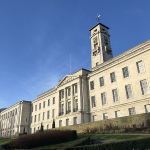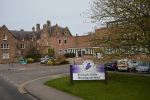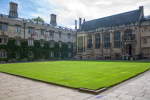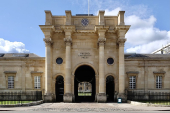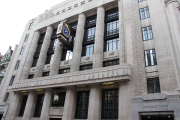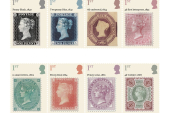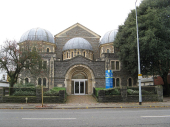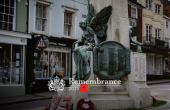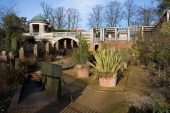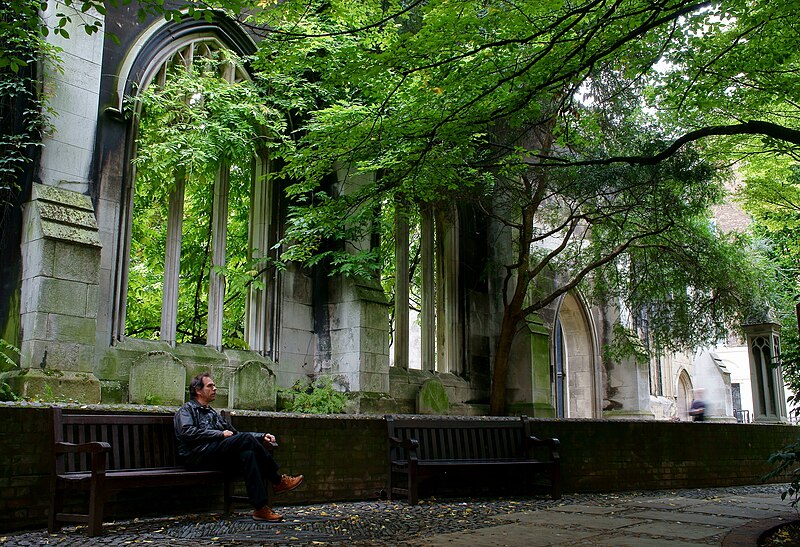
Tucked away just a stone's throw from London Bridge lies one of the city's most enchanting secrets. The ruins of St Dunstan-in-the-East church stand quietly, almost unnoticed amidst the
bustling financial district. Surrounded by a plethora of historic landmarks, this hidden gem holds its own unique connection to London's rich history.
With origins dating back to 1100, St Dunstan-in-the-East has weathered the storms of time, surviving both the Great Fire of London in 1666 and the devastating onslaught of the Second World War. Renowned architect Christopher Wren played a pivotal role in its restoration after the fire, infusing the structure with his signature Gothic flair.
However, the church's resilience was tested once more during the Blitz, when it fell victim to a direct hit, leaving much of it in ruins. In the aftermath of war, the City of London made a transformative decision, repurposing the dilapidated shell into a serene public garden. Today, amidst the ever-evolving urban landscape, this tranquil oasis offers respite to weary Londoners.
Although frequented by savvy office workers during lunch breaks, the garden remains largely concealed to passersby, overshadowed by the bustling activity of London Bridge Station and nearby attractions. Yet, for those who venture to explore its verdant nooks and crannies, the garden unveils hidden delights and secluded spots to unwind.
For those seeking a peaceful retreat, early weekday mornings offer the ideal opportunity to savor the serenity of St Dunstan-in-the-East. Accessible within a short walk from Monument and Tower Hill Underground stations, or a leisurely stroll across the river from London Bridge, this hidden sanctuary beckons to be discovered amidst the urban chaos of the city. Photo by Peter Trimming from Croydon, England, Wikimedia commons.










